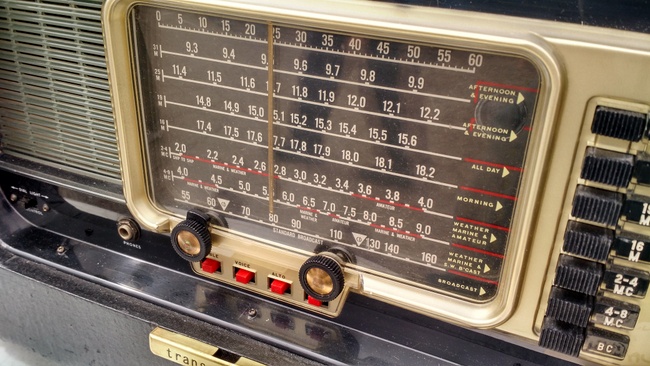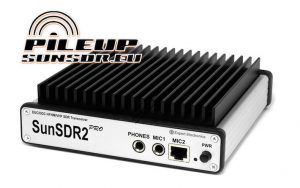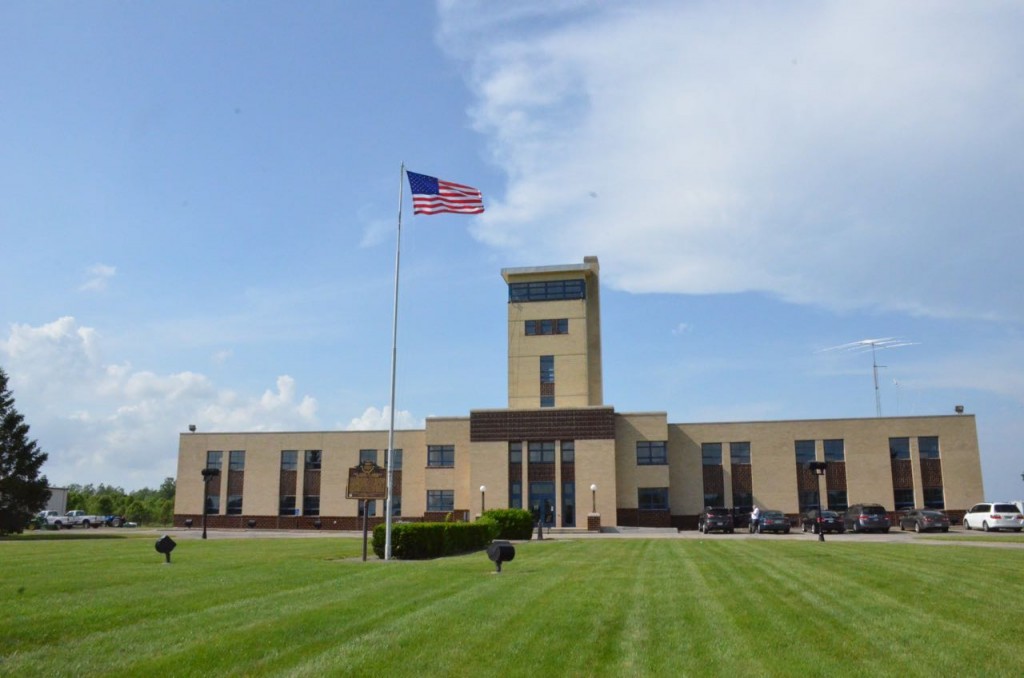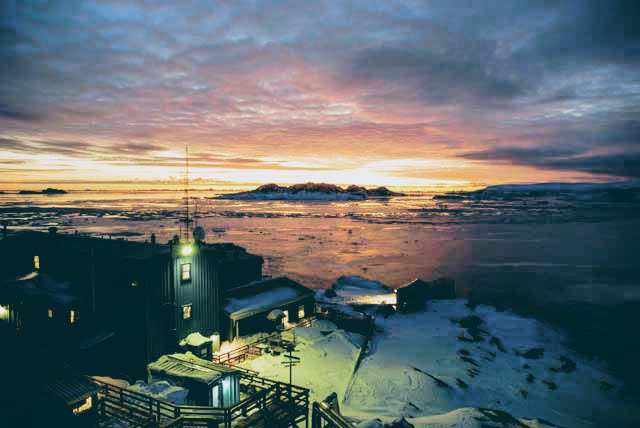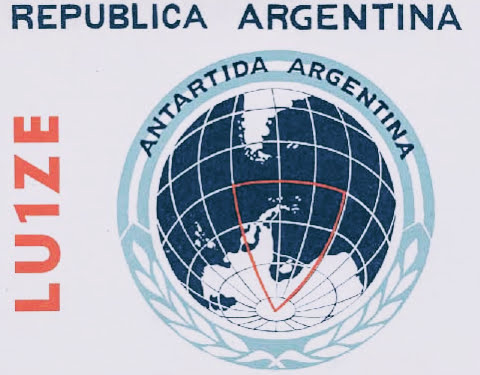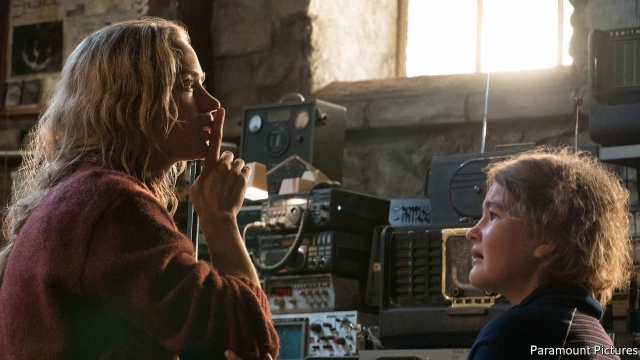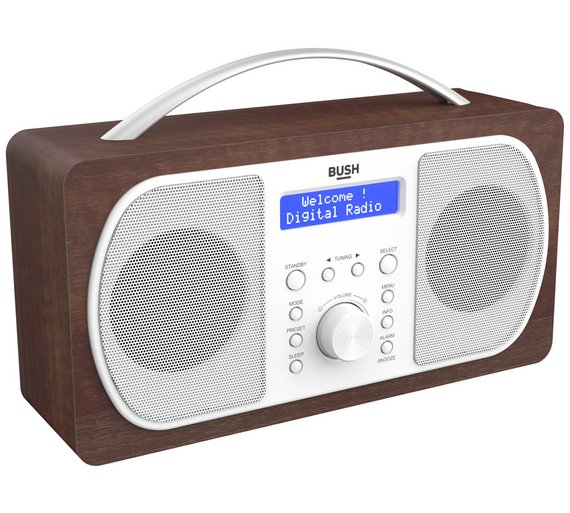
UPDATE: Many thanks to Mike Barraclough who notes that a report today is that this has been averted. Click here to read.
(Source: Southgate ARC)
Germany – up to 10 million people could be hit by threatened radio shut down
The airwaves across many parts of Germany could fall silent next week due to a financial dispute between radio stations and an FM broadcasting provider.
The company Media Broadcast announced on Friday that it would cut off FM broadcasters for several radio stations if they did not immediately fulfil certain payment demands.
“Up to 10 million radio listeners could be affected by their FM broadcaster being cut off from Wednesday onwards,” company head Wolfgang Breuer told Die Welt.
Major public service broadcasters such as MDR, NDR and Deutschlandfunk are among those who could be cut off, the newspaper reported.
The dispute began when Media Broadcast, formerly a subsidiary of Deutsche Telekom, decided to move focus away from FM radio and onto digital platforms last year. The shift meant that broadcasting antennae across Germany, for which Media Broadcast had previously been responsible, were sold to private investors.
Broadcasters and their network operators were then left furious when many of the new owners raised prices for the use of their antennae, leading to a stalemate in business negotiations.
Hessian broadcaster FFH told dpa that a 50 percent rise in the cost of antennae use had left them with a “massive problem”.
In order to break the stalemate, Media Broadcast recently agreed to continue operating all antennae until the end of June, so as to provide more time for negotiations. Yet such an arrangement would still require the stations to contract the company during that period.
Media Broadcast now claims that around 75 percent of stations have not done this, and has threatened to cut these stations off if they do not officially contract the company by Monday.
Though digital and online streaming radio will still be available, the mass cut-off of FM radio broadcasts would affect a huge proportion of the population. According to Bild, around 92.7 percent of Germans said they still preferred listening to radio on an analogue device in a poll last year.
Up to 10 million people could be hit by threatened radio shut down
https://www.thelocal.de/20180406/up-to-10-million-people-could-be-hit-by-threatened-radio-shut-down

